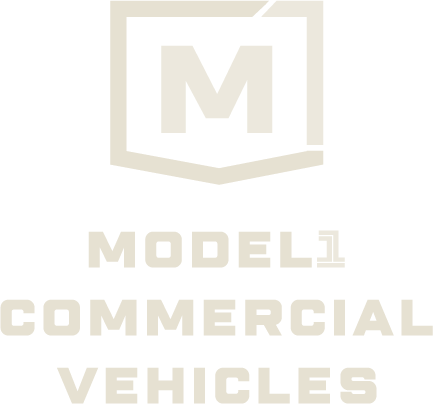News
Similarities & Differences Between Church & Tour Bus Sales

Both churches and tour companies find themselves in need of additional transportation options.
Though there can be some identical features to their clients and community, the buying process and use for the buses can be completely different. We’ll look at a few similarities and major differences that tour and churches face when looking to purchase and operate a vehicle.
Diverse Community
A church body can vary greatly, as well as those that attend a tour. Those traveling can come from a variety of different backgrounds, occupations, and experiences. It’s important to buy a bus that considers those differences. Some may be used to riding a tour bus, while others may have never done so. With a bus it’s important to make sure you have the adequate signage and safety rules posted for all to see, no matter their ridership experiences.
Varied Travel Routes
A tour bus is designed to take on a diverse travel routes, and a church bus should be prepared for the same. Tours can take place most anywhere, and should be able to navigate tight turns on mountain roads or long stretches of crowded highways. A church bus, though it may travel less, should be able to have some of the same capabilities as one may not know where the bus may be needed.
Distances Travelled
One of the largest differences between these two vehicles is the distance traveled on a yearly basis. A church bus will typically only do trips around town for local events and to transport members of the congregation to and from services. This means a church bus may not even be used everyday. Once or twice a year, the vehicle may travel on longer missions trips, but for the most part will stay close to home only traveling about 5,000 to 10,000 miles per year.
A tour bus is a very different story as they are meant to transport all day, most every day. When one of the buses is parked, it is not transporting and making money for the business. It is not uncommon for a commercial bus to travel upwards of 25,000 miles per year.
New vs. Used
Since a church will typically use their vehicles for limited amounts of time, they can spare the expense of buying new. However, a tour company would not be wise to purchase something that was previously owned. Though many used buses can be found in great condition, they have already wear and tear that could mean disaster for a tour business. Since tours travel extensive miles, its best to buy new and have the vehicle serviced often to avoid any surprise problems from occurring. Buying new for a tour company and having it serviced at the same facility throughout it’s life will mean the same mechanics can better catch any reoccurring issues.
Driver Experience
Tour bus drivers will most likely need to be licensed and certified in the states they operate within. It is not uncommon for the vehicle to reach a capacity of 40 or more, meaning the driver must operate with a Commercial Driver’s License. Not to mention, a tour business may also have their own guidelines and standards used when hiring.
Though a church bus should operate within safety guidelines, it may be more common that they buy a bus under the Commercial License limit. This allows for more members of the congregation to drive the vehicle, giving the church more outreach possibilities. Of course, all drivers should have a proven record that deems them a good candidate to operate a large vehicle with many passengers.
Operating and buying a tour or a church bus can be a vastly different experience. Tour buses have many different uses with many more miles travelled. Church buses are typically smaller, and can operate locally much easier. No matter the buyer there are many important keys to consider when looking for a bus.

